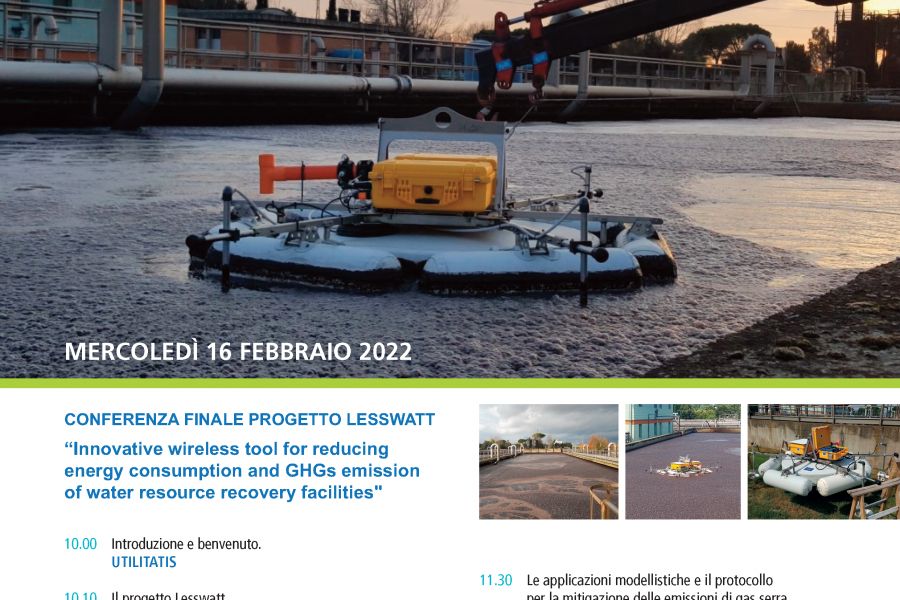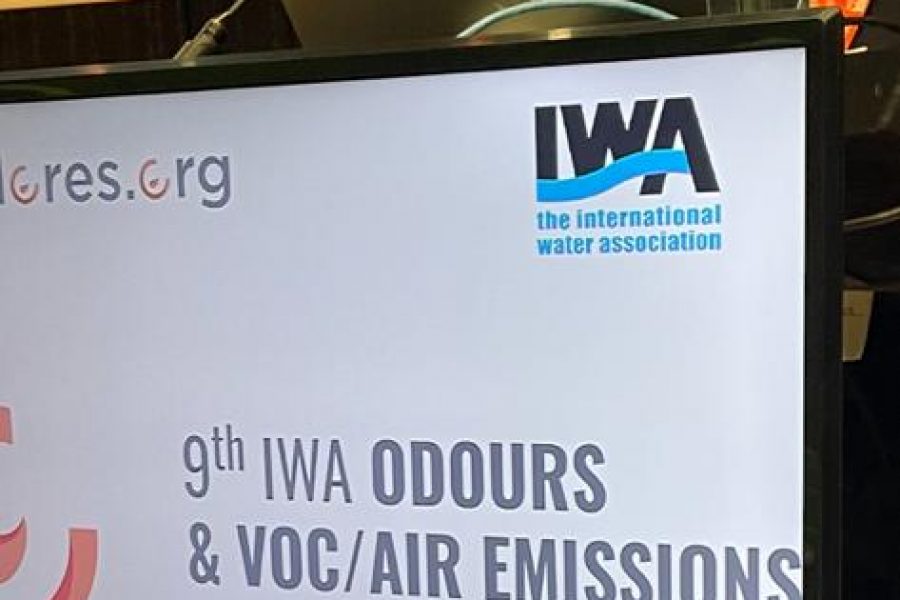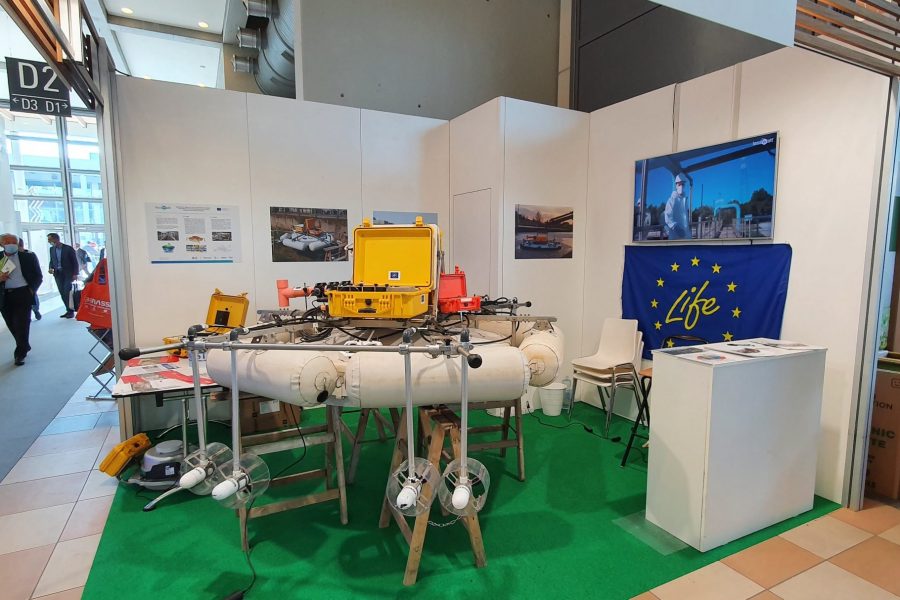A team of researchers coordinated by the Department of Civil and Environmental Engineering at the University of Florence will develop Lessdrone, the first automatic diagnostic device to make the oxygen transfer process in aerobic reactors more efficient in urban and industrial wastewater treatment.
The device will be developed in the context of the European project Lesswatt, which will run for three years, funded under the LIFE programme with 760,000 euro, of which the University of Florence is project leader, and which will start in autumn 2017.
“Lessdrone is a ‘small boat’ able to monitor the amount of oxygen in the tanks and diagnose what interventions may improve ventilation in aerobic reactors”, explained Riccardo Gori, Professor of Healthcare and Environmental Engineering and scientific director of the project.
“The tool that we are going to develop will be able to identify the actions that can be taken to achieve higher efficiency levels and, consequently, reduce costs and greenhouse gas emissions”, Gori continued. “It will also allow monitoring greenhouse gas emissions from the process reactors, thus allowing a large amount of data to be collected to support the development of deterministic and empirical models describing the production and transfer of one or more components from gas to liquid phase. There are devices that already allow this type of measurements and are mostly used for research purposes, but they all require the presence of an operator, whereas Lessdrone is a fully automatic device”.
The instrumentation will be developed in two plants and then tested in five other facilities located in other European countries.












